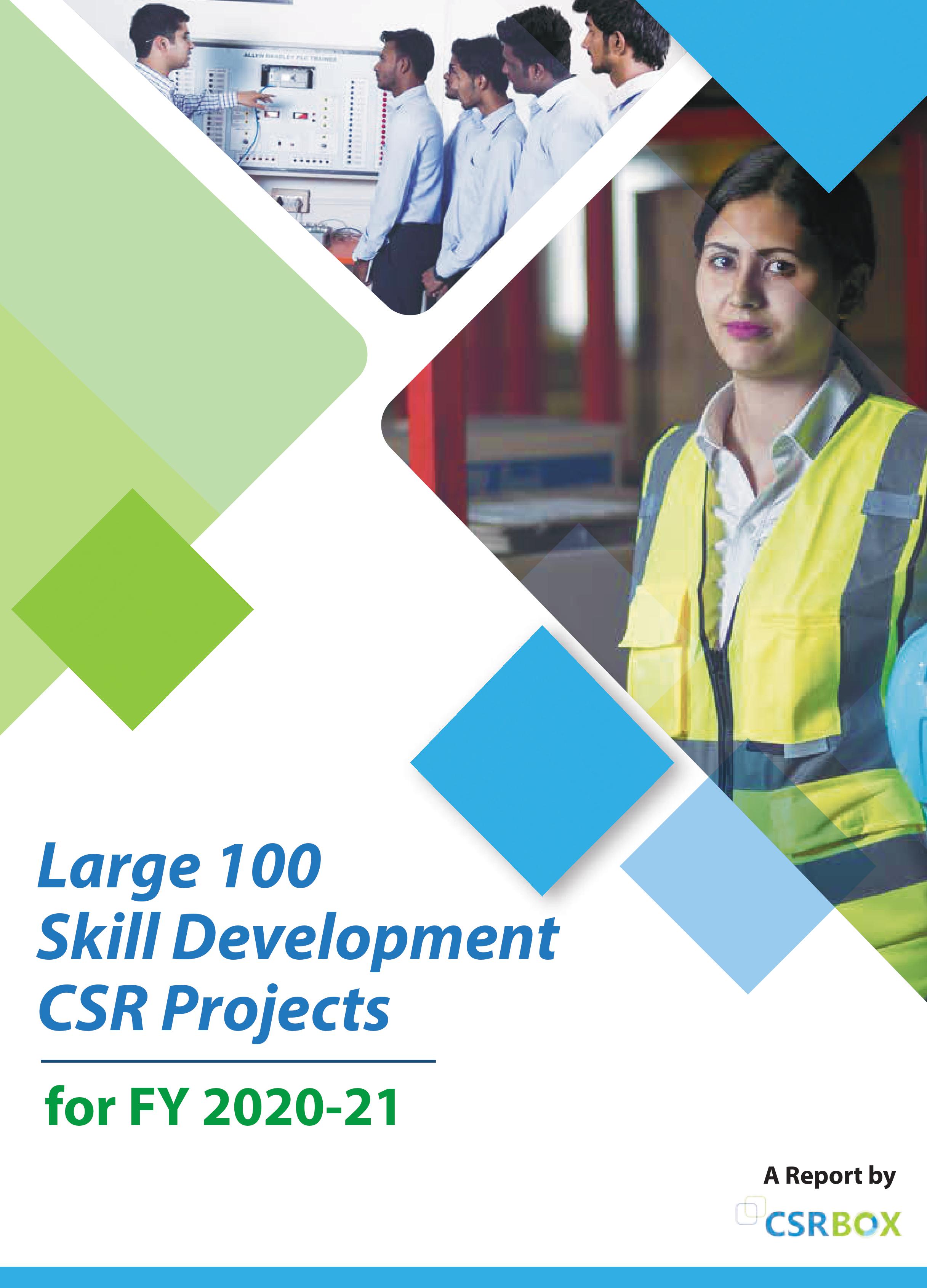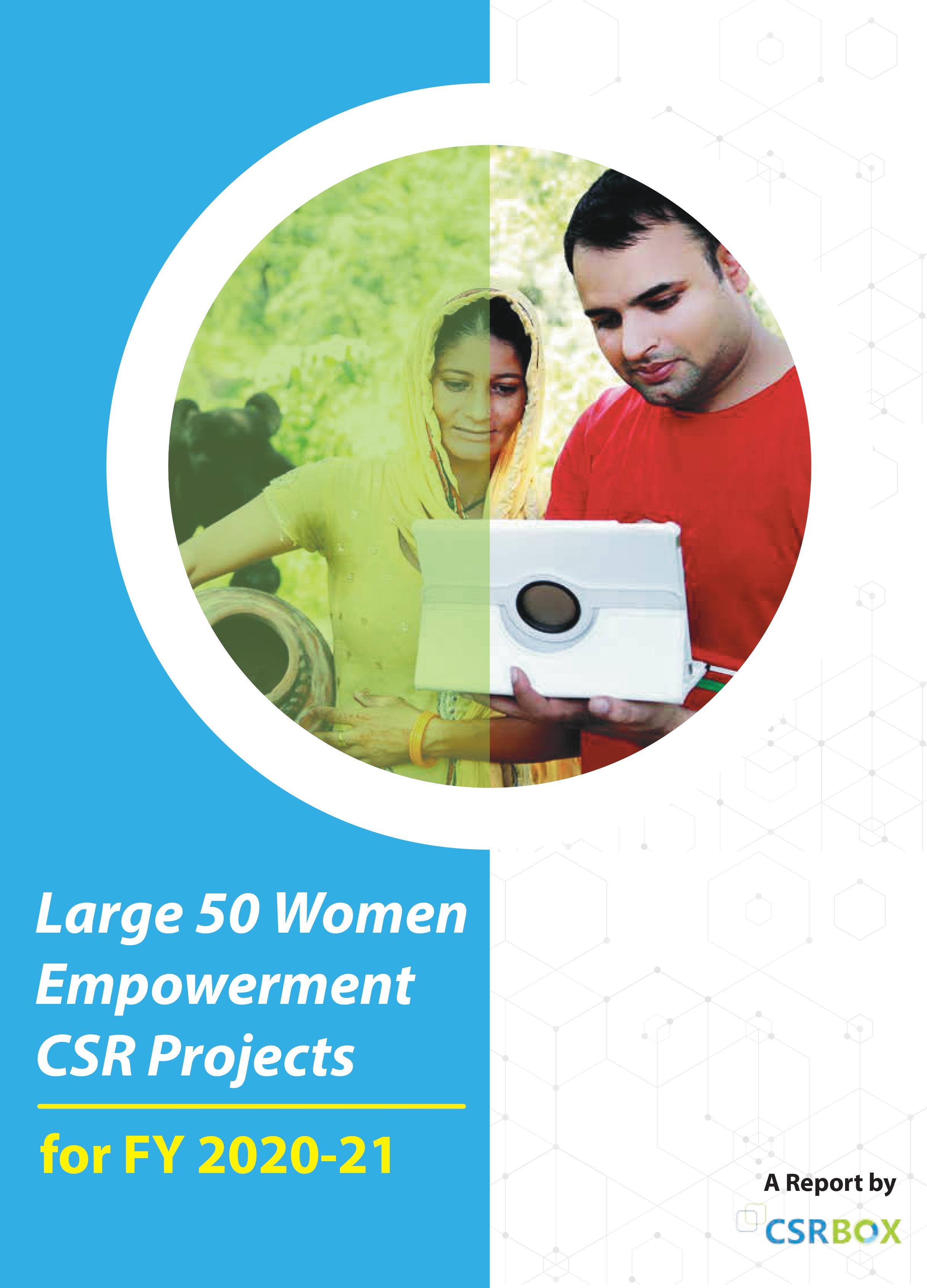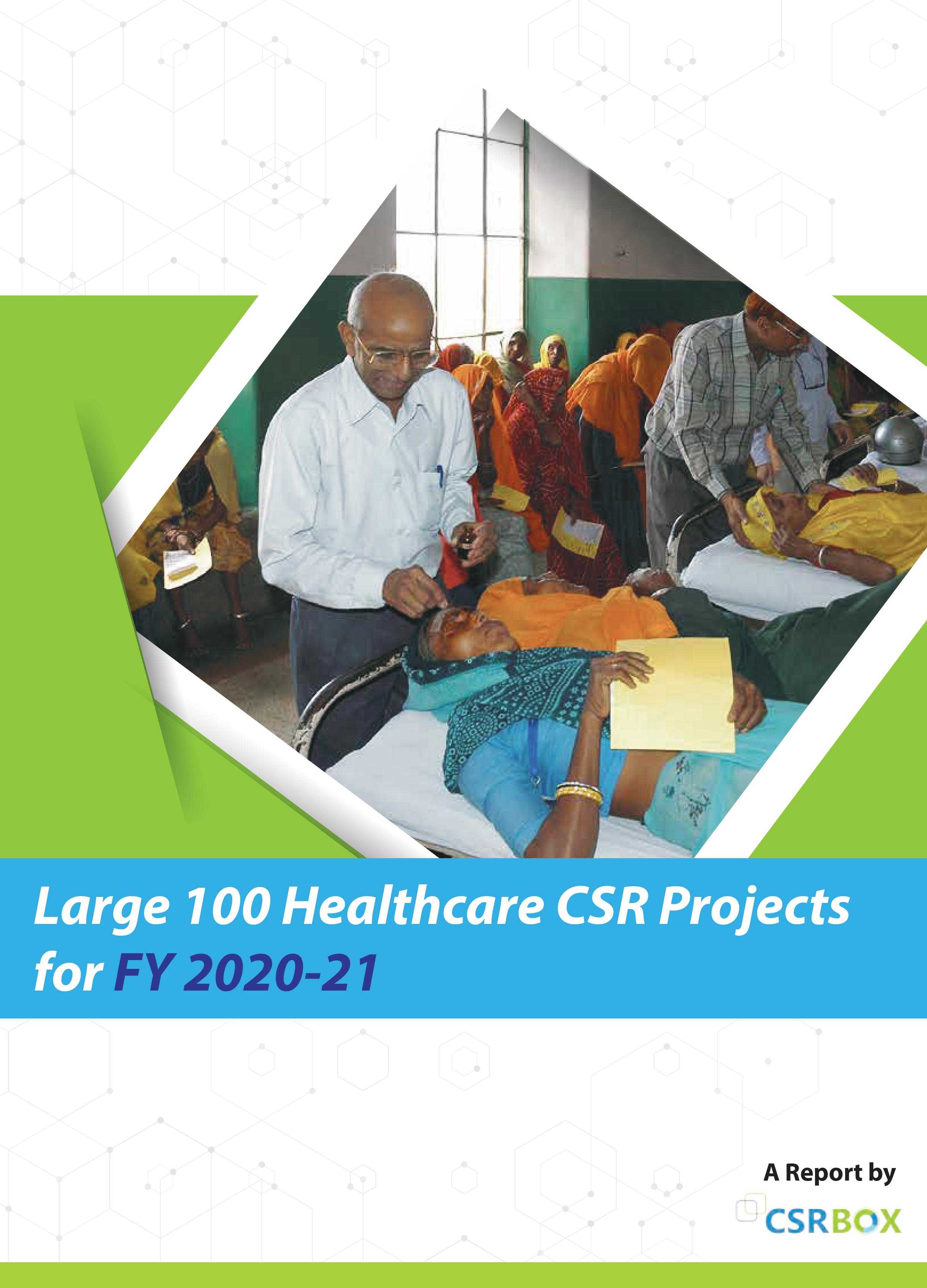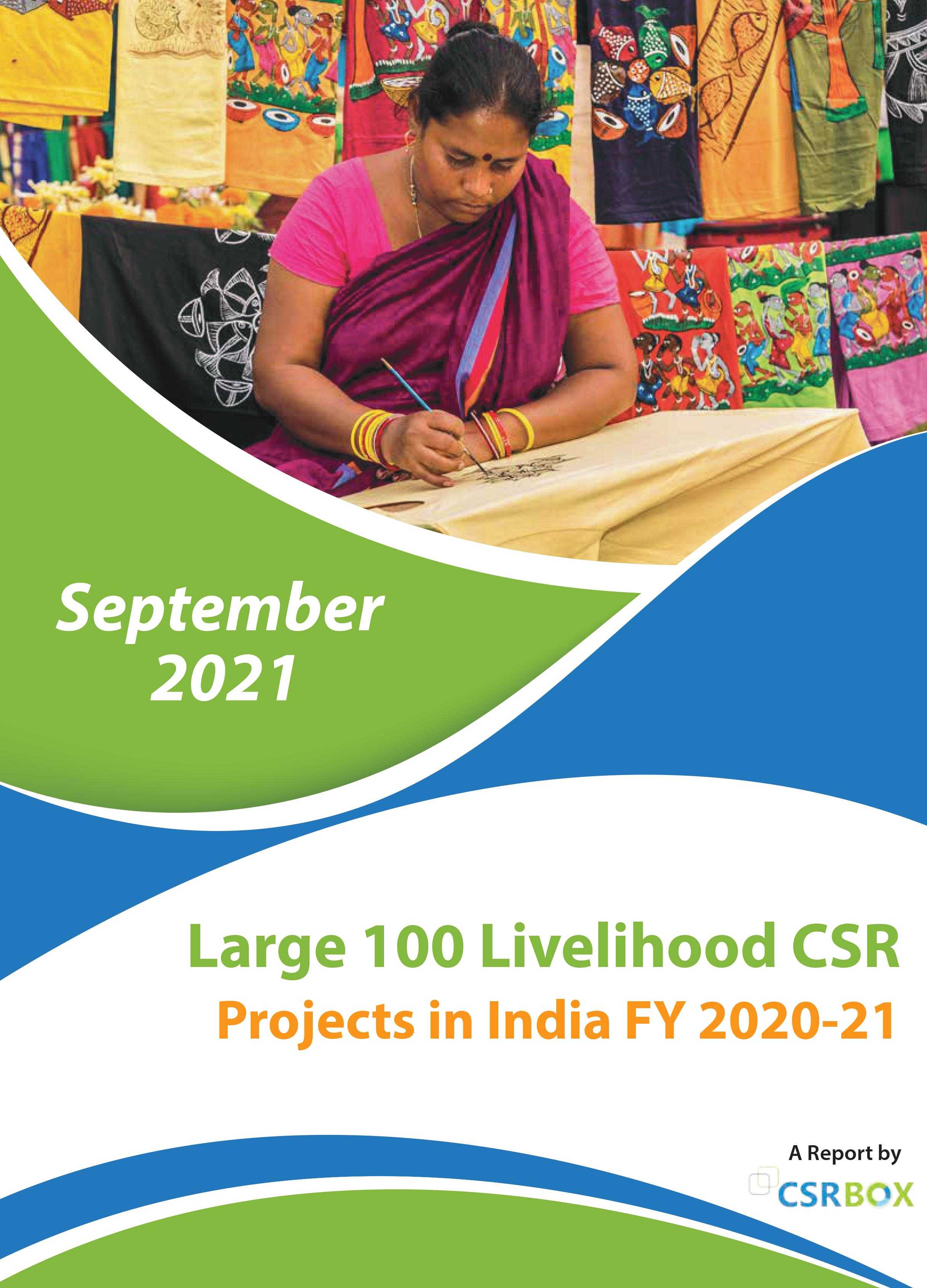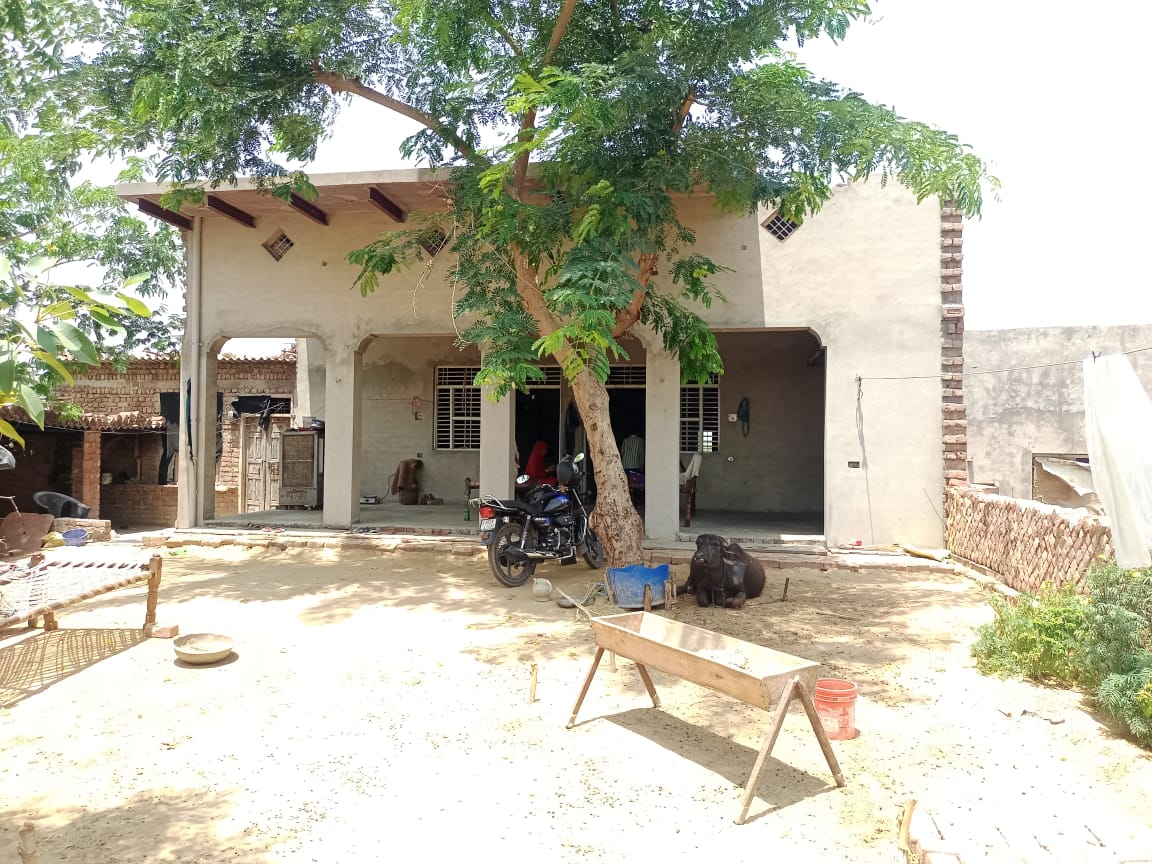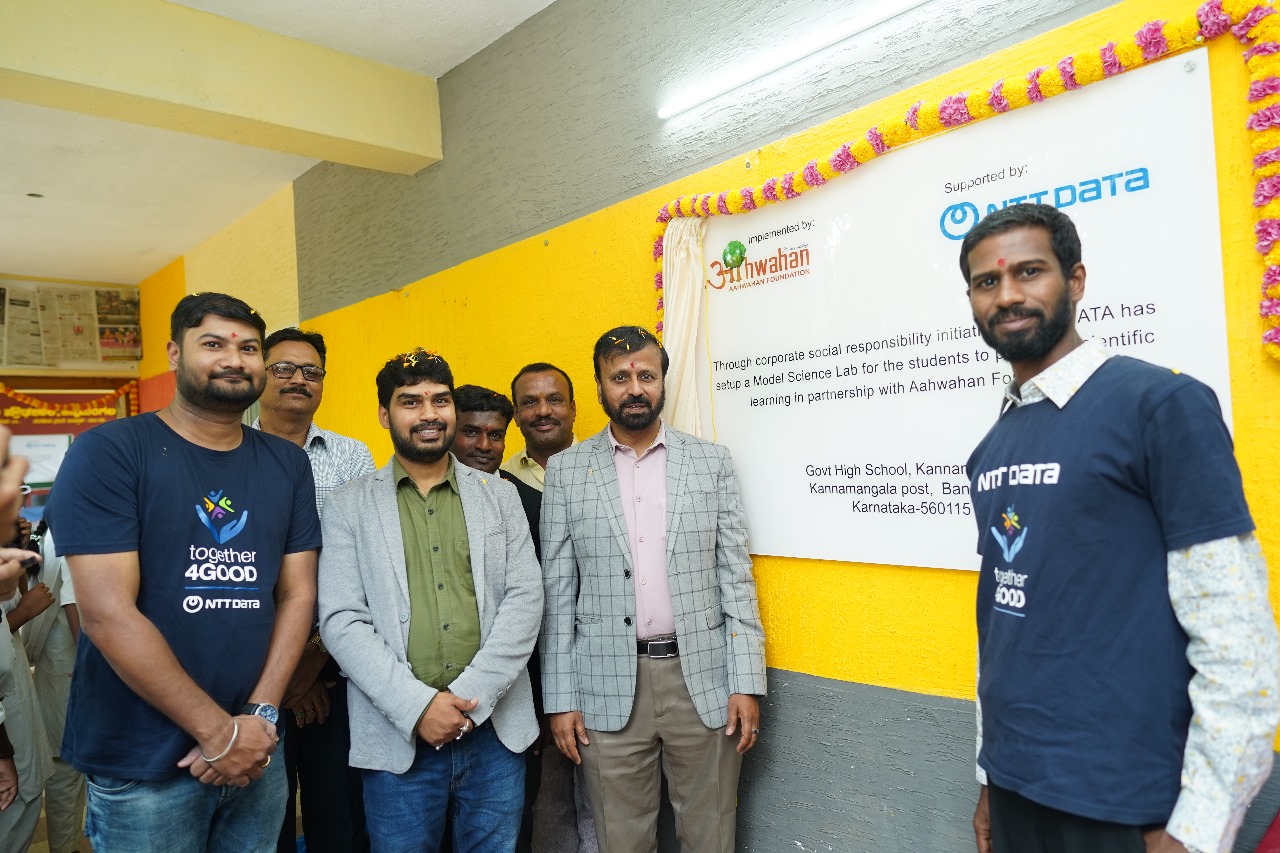Subscribe our Weekly Newsletter
RFP invites for preparation of land use, vegetation cover and biodiversity status report of landscapes in selected districts of Jammu & Kashmir and Himachal Pradesh

Organization: UNDP
Apply By: 31 Oct 2018
RFP Title: preparation of land use, vegetation cover and biodiversity status report of landscapes in selected districts of Jammu & Kashmir and Himachal Pradesh
Deadline: 31st Oct. 2018
Background
The Ministry of Environment, Forest and Climate Change (MoEFCC), Government of India along with UNDP has commenced a new GEF funded project: SECURE Himalaya (Securing livelihoods, conservation, sustainable use and restoration of high range Himalayan ecosystems) in Jammu & Kashmir, Himachal Pradesh, Uttarakhand and Sikkim. The project aims to support the Government of India and State Governments to effectively promote sustainable land and forest management in alpine pastures and forests in high range Indian Himalayan ecosystems that secure sustainable livelihoods and ensures conservation of globally significant biodiversity and threatened species. It will engineer a paradigm shift from the current approach of conservation to demonstrate a new approach of landscape – based conservation. This is an integrated approach, which focuses on working with various sectors and partners in areas within and outside protected areas, to effectively reduce threats to biodiversity of local, national and global significance.
Brief Description of the Required Services
- Identifying and mapping various land use types in the landscape.
- Mapping land use by socio-legal/ownership categories – local communities, PA/non-PA, government/military/paramilitary forces.
- Mapping by biodiversity characterization - vegetation types, dominant species, etc.,
- Mapping along economic value (both subsistence and commercial).
- Quantifying and mapping the intensity of use of the landscape.
- Arriving at indicators to monitor the health of landscape
Objective(S)
The main aim of the study is to map the landuse patterns across the identified SECURE – Himalaya project landscapes in the 2states of Jammu & Kashmir and Himachal Pradesh and map biodiversity in all these diverse landuse areas to: assess the nature and intensity of natural resource use, define degree of degradation, identify unsustainable practices, understand conflicts between various stakeholder interests, etc., Arrive at indices to monitor the ecological health of the landscapes over time
The specific objectives include:
- Identifying and mapping various land use types in the landscape.
- Mapping land use by socio-legal/ownership categories - local communities, PA/non-PA, government/military/paramilitary forces.
- Mapping by biodiversity characterization - vegetation types, dominant species, etc.,
- Mapping along economic value (both subsistence and commercial).
- Quantifying and mapping the intensity of use of the landscape.
- Arriving at indicators to monitor the health of landscape.
Tasks to Be Carried Out:
To achieve the above-mentioned objectives, following tasks are envisaged to be undertaken in this regard:
- Identifying various land use areas, quantifying and mapping the extent of these areas for making informed decision making about the land use planning in the project landscapes.
- Defining Spatial and non-spatial database, for updation in future.
- Defining scale of land use maps to be prepared.
- Collection and processing of high resolution latest available remote-sensing cloud free data)
- Biodiversity mapping of the region by focusing on all area within the radii of influence/disturbance from human settlements/activities.
- Marking Eco sensitive Zone, if any, around the protected areas in the landscape.
- Identifying and quantifying indicators for monitoring the health of various land use areas.
- Ground truthing’ of all remote-sensing data, and integration with field observation.
Deliverables:
The deliverables of the study are:
- Inception report (within 15 days from the date of award of the study): mentioning the details of plan of action with a detailed framework of activities, methodology to be applied, schedule etc.
- First Progress Report along with the details of cloud free satellite data procured (within 6 months)
- Draft Report along with shape files and digitised maps (within 12 months)
- Final Report along with final maps in softcopy (raw and processed cloud free remote sensing data, shape files, digitised maps, excel sheets and any other database format, etc. (within 16 months)
Criteria for Essential Eligibility/Qualification:
- Agency should have minimum five years of experience in preparation of land use plans, maps and strategies
- Agency should have successfully completed minimum three assignments in high altitude Himalayan ranges (2,000 meters and above), as relevant to the requirement of the RFP
- Team leader should be Post Graduate in remote sensing/ GIS or relevant stream; and having minimum five years’ experience in land use mapping and biodiversity & natural resource management
Who can apply: Proposals are invited from the institutions/organizations only. Proposal submitted by Individuals will not be accepted.
For more information please check the Link
Proposals may be submitted on or before the deadline indicated by UNDP in the e-tendering system. Proposals must be submitted in the online e-tendering system in the following link: https://etendering.partneragencies.org using your username and password. If you have not registered in the system before, you can register now by logging in using:
Username: event.guest
Password: why2change
To bid on the tender, you will have to register first.
(Event ID # IND10-0000002946)
For further queries, please contact – Mr. Surjit Singh
Email ID: surjit.singh@undp.org
Latest Online Store
Latest Grants
© Renalysis Consultants Pvt Ltd














